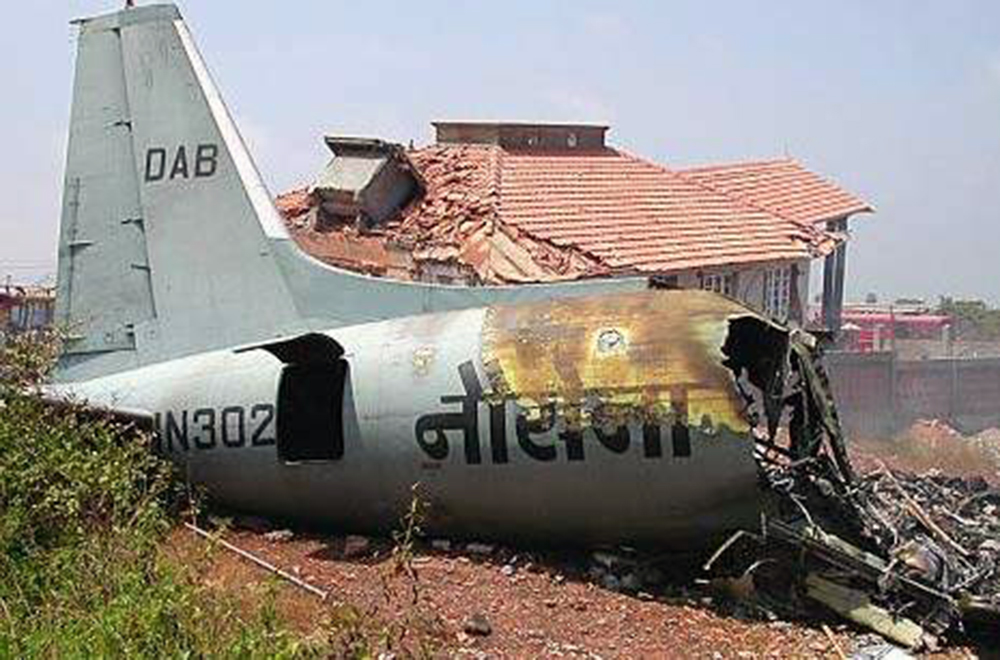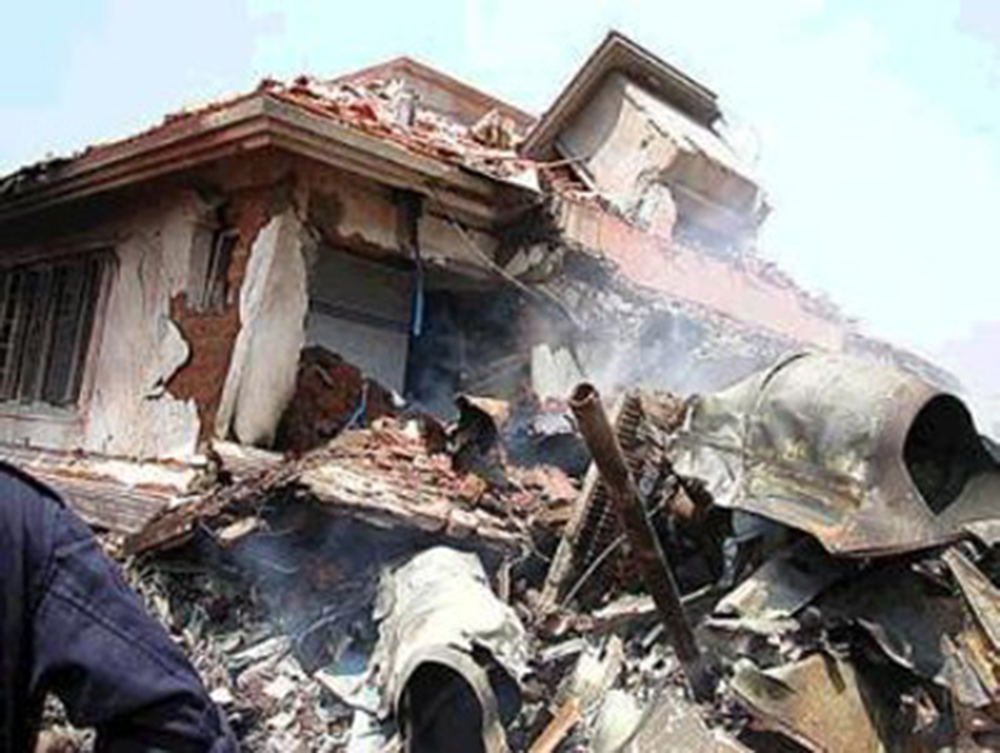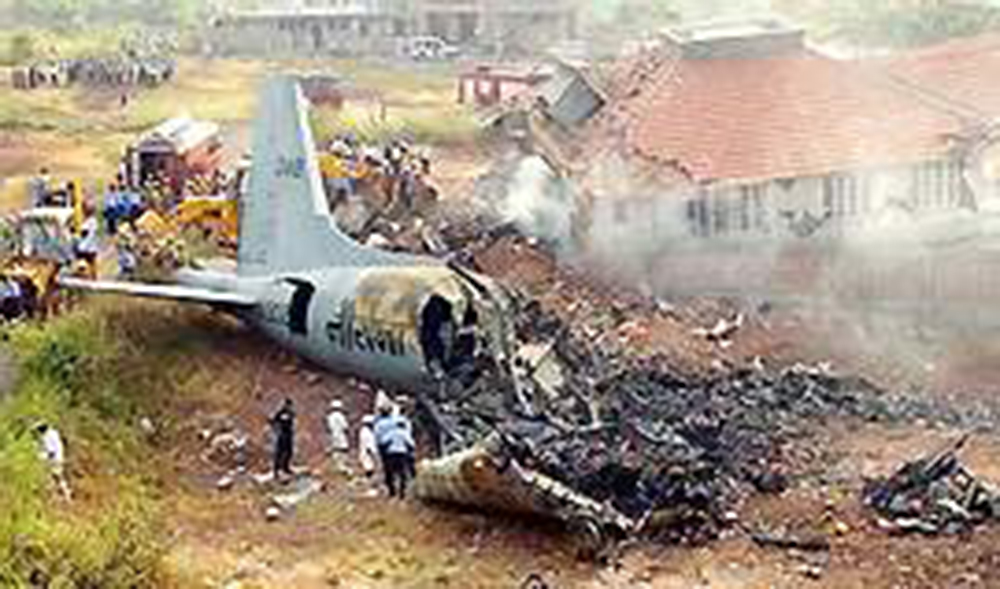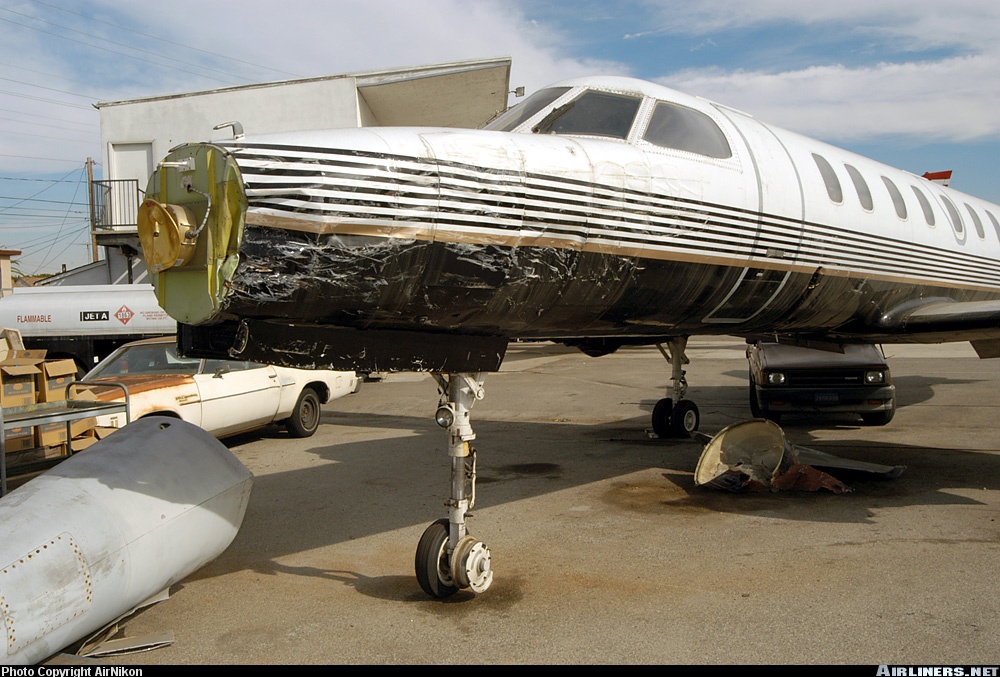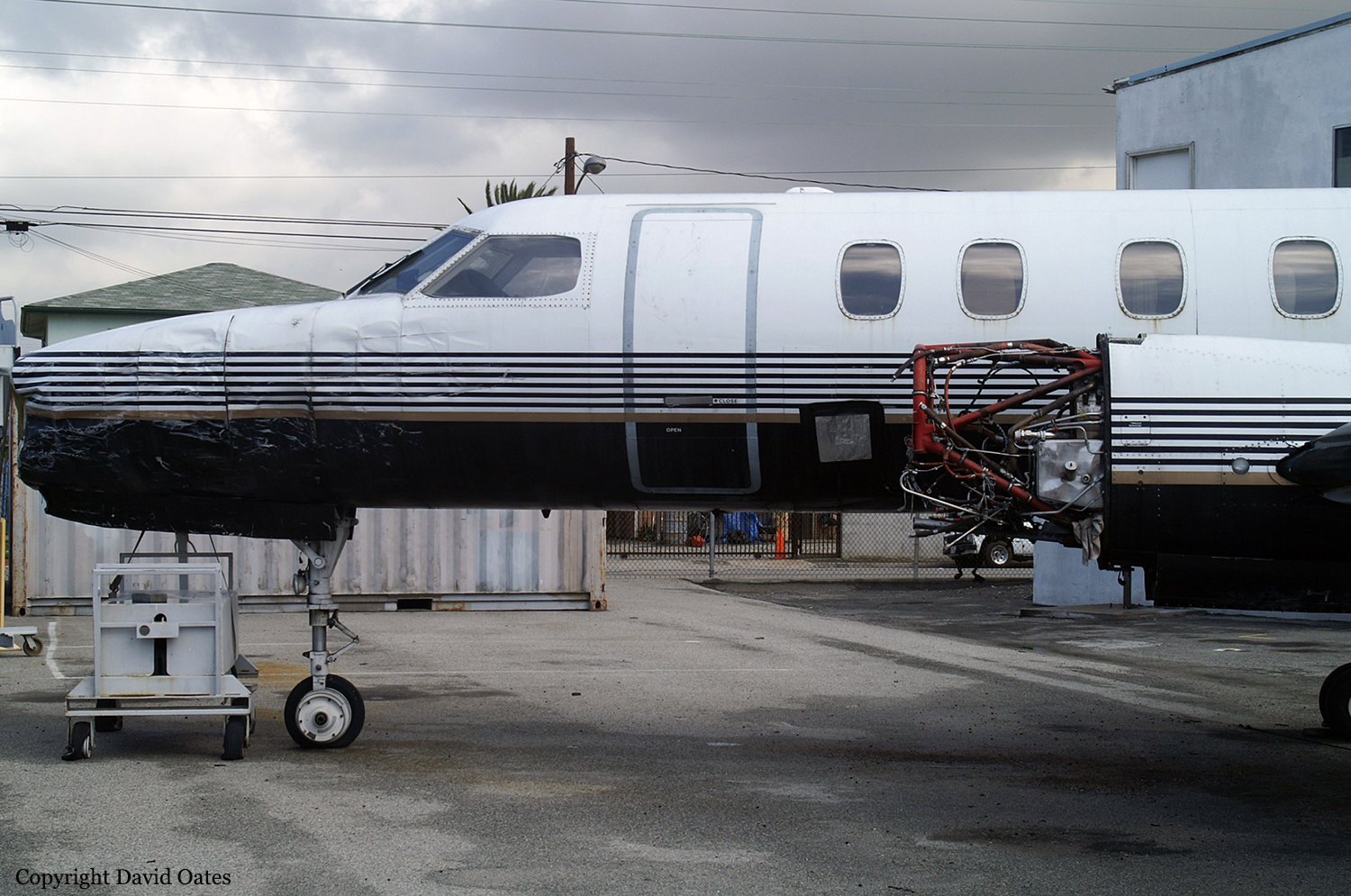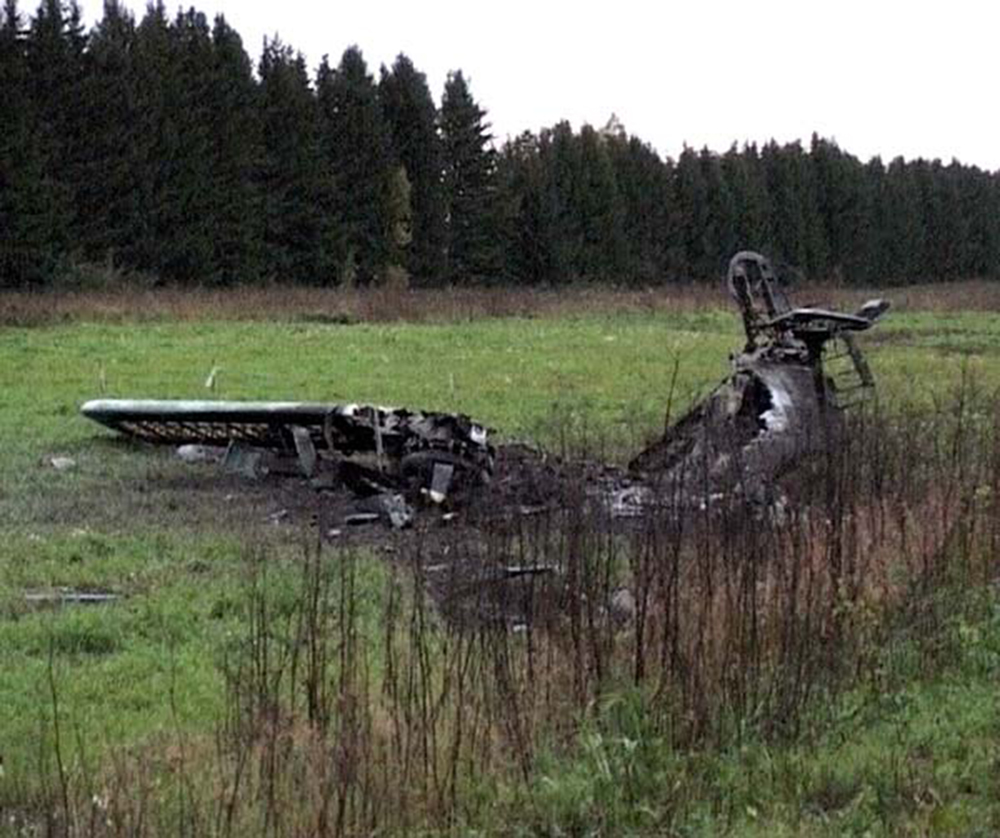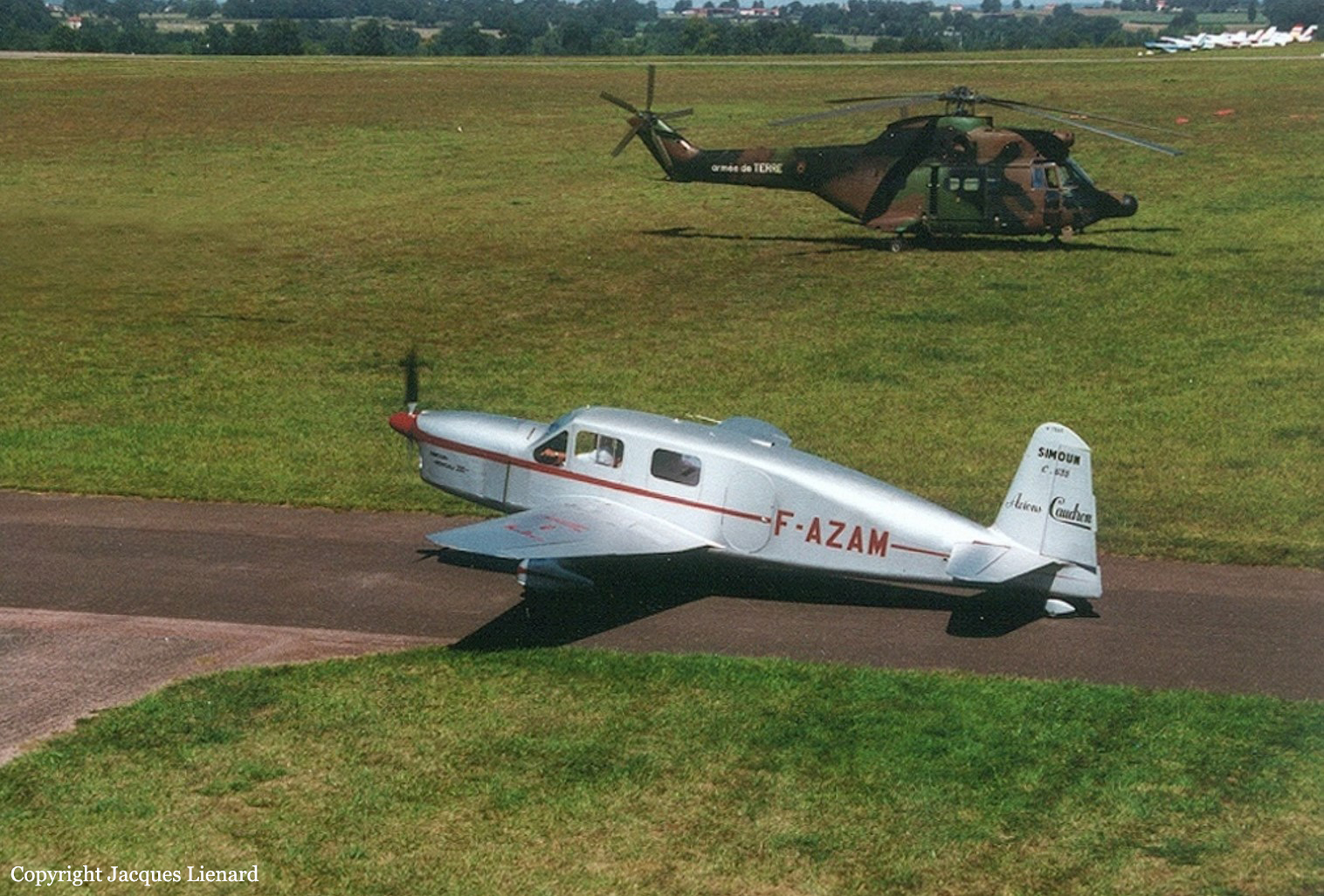Crash of a Piper PA-60 Aerostar 602P (Ted Smith 602) in Bradford: 1 killed
Date & Time:
Oct 3, 2002 at 2233 LT
Registration:
N700DJ
Survivors:
No
Schedule:
Evansville - Bradford
MSN:
62-0923-8165047
YOM:
1981
Crew on board:
1
Crew fatalities:
Pax on board:
0
Pax fatalities:
Other fatalities:
Total fatalities:
1
Circumstances:
The pilot attempted an ILS approach during night, instrument meteorological conditions. The inbound course was 322 degrees magnetic, and the glideslope outer marker crossing altitude was 3,333 feet msl. The decision altitude was 2,370 feet msl and the airport elevation was 2,143 feet msl. A wreckage path, about 370 feet in length, along a track 320 degrees magnetic, commenced with a tree strike about 300 feet southeast of the outer marker, at an elevation of about 2,200 feet msl. Examination of the airplane revealed no mechanical anomalies.
Probable cause:
The pilot's failure to follow the published instrument approach procedure, which resulted in an early descent into trees and terrain. A factor was the night, instrument meteorological conditions.
Final Report:



